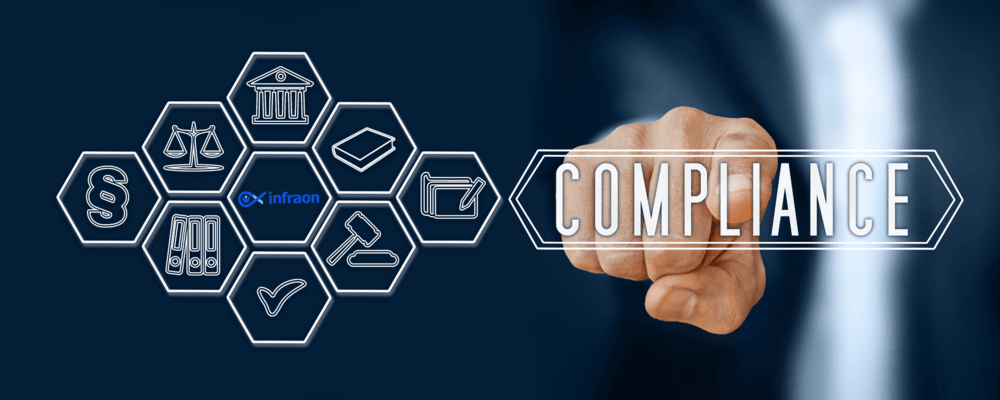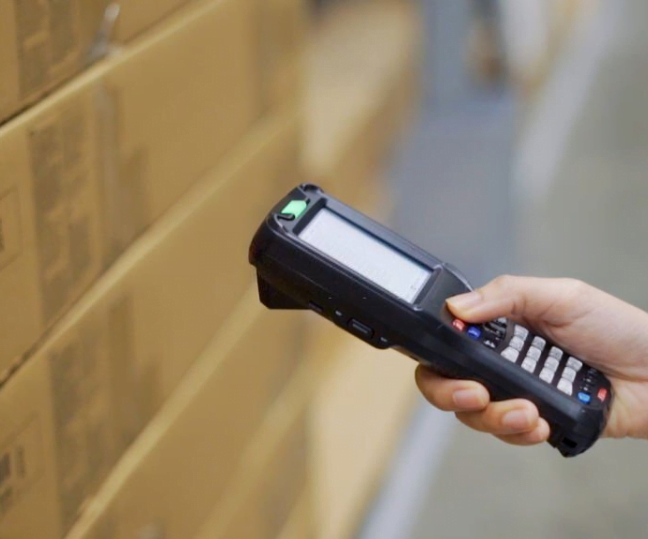Introduction
Hey there. What do you feel about taking a trip back in time?
Let’s say we go back 20 years; you probably remember seeing your school’s shelves and cupboards brimming and overflowing with records and books. And below it would be the years or categories.
Having to scour through the load would take a substantial amount of time, not to forget a lot of patience. Imagine browsing through all those records, it could take you anywhere from minutes to hours to find what you were looking for.
But now, with technological progression and development, time and patience are no longer a deterrent. And you can directly access information and data in a matter of seconds.
Plenty of records need to be managed and maintained in all educational institutions, particularly in schools.
Additionally, there are several assets and pieces of equipment in the education sector that you must properly handle. However, many of their assets get lost, are missing, or must be repaired. The improper management of assets is responsible for all of these issues.
You can solve all these issues with school asset management software. As a result, a school has to have robust software asset management tools to guarantee that important assets are always accessible to teachers, students, and other staff members.

What is asset management?
Asset management offers a pragmatic strategy for keeping track of, monitoring, and planning maintenance on each asset. Asset management automates asset tracking and focuses on managing an asset’s lifespan from the beginning to the end.
It offers total asset visibility and management for your assets. This way, you’re aware of the location of the asset, who is using it, when it’ll be returned, how frequently the item is used, etc.
According to the market and markets, the asset management system market is anticipated to increase from USD 16.8 billion in 2020 to USD 27.4 billion by 2025, growing at a cagr of 10.3% throughout that period.
Types of assets available in an educational institution
Asset management for schools focuses on the observation and recording of both hard and soft educational assets.
Hard assets
Any tangible item the school owns or maintains, such as keys, computers, books, and the school minibus, is referred to as a hard asset.
Soft assets
These are significant records or processes that demand oversight and upkeep. This might be financial records, fire safety guidelines, or inspection documentation.
Most institutions find how to manage their hard assets but frequently overlook their soft assets. But if these aren’t regularly backed up or maintained, your institution can be in danger, with serious consequences.
Why are asset management systems used in education?
Schools and other educational institutions are known to have various educational assets on hand. A software asset management system for educational institutions offers the capacity to keep track of all the assets in your institution.
Since educational assets serve as the foundation for many organizational processes, keeping an eye on them is crucial.
Asset management systems used in education involve keeping track of the assets being brought in, their states, when a repair is necessary, and when they should be disposed of.
Keeping track of all the educational assets in your institution can help you maximize resource usage, save costs, and boost productivity.

Benefits of asset management systems used in education
1. Enhance the accuracy of record-keeping
It might not be easy to keep track of all the documents needed to manage supplies, documents, and records on school property. However, school asset management software can offer the tools required to create a single data repository for all crucial assets.
This is also essential for data security and backup in a fire or other disaster, which might destroy a paper-based asset management system and cause difficulties and delays when making insurance claims.
2. Efficacious inventory management
To be in a better position to create your educational asset stock’s necessary budget in the future, you should always plan your asset stock. By doing this, you may avert a lot of unforeseen expenditures related to an asset shortage.
School asset management software also allows you to create automated purchase orders for effective procurement procedures. This’ll enable you to manage your stock orders and vendors from one location.
Additionally, you can choose a minimum asset amount for frequently used items so that your inventory never runs out of stock.
3. Track your spending accurately to adhere to budgets
Educational institutions can track spending requests from each academic department using school asset management software.
This might be a request to the school cafeteria for trays and cutlery or to the library staff for extra books and desktop computers. These requests must align with the spending plan established by the school or the department of education.
4. Reduce the chance of asset theft
Because school operations must have a limited budget, replacing lost or stolen property can be expensive. However, you may curb the theft of important educational assets by using school asset management for school tracking and labeling functions.
For instance, instructors can review the data to determine who last used a classroom projector and where it was last seen if it can’t be found.
5. Enhance ongoing maintenance
Equipment downtime is the most frequent constraint encountered in the education industry. You would have experienced this several times:
The projector may have malfunctioned, or the speakers might have shut off in the middle of the presentation. As a result, you would be helpless and forced to wait until you resolve the issue.
Thanks to the school asset management software, you can schedule maintenance activities beforehand. When an asset needs to be repaired, you may set up maintenance activities and associated alerts to notify you. You could easily eliminate some expenditures with this periodic maintenance.
Additionally, doing this’ll enable you to preserve the condition of all the assets so that they can easily carry out processes and events.
6. Avoid spending on duplicate assets.
Access to the school’s asset registry can help cut costs on already purchased equipment. For instance, a teacher can ask for extra seats for their classroom.
But by examining the data, they can tell that many seats in another department aren’t being used. Instead of buying new chairs, they may move the ones they already have to a different department where they would be more useful.
7. Cut back on the number of manual asset audits
Staff members have access to a real-time asset registry, allowing them to see where and how much equipment is available. As a result, there’s no longer a requirement for ongoing manual asset audits, which take time and resources.
Conclusion
Asset management is very helpful in the educational industry. As we have already explained, several of the benefits listed above are practical approaches to maximizing asset usage.
Because asset information is centrally stored via asset management software, you always have access to it. Additionally, the check-in and check-out features make it the user’s responsibility to hunt down assets, keep them secure, and return them after using them.
Without a doubt, the software aids in raising the return on investment (ROI). Asset management systems used in education can potentially improve daily operations’ efficiency significantly.
As a result, the education industry must invest in school asset management software.
When a school switches from a paper-based or even spreadsheet-based method for keeping track of its assets, Infraon asset management considers all the above mentioned goals. Infraon Assets provides close to actual costs for replacement, repair, end-of-life, and more to demonstrate ROI to finance teams from a single source of data insights.
FAQ’s
1. Why is asset management important for schools?
Asset management in school enables you to align your institution with international standards, save time and money, and use your educational assets more effectively and efficiently while bringing extra value to the institution.
2. What is a school asset management plan?
The procedures you will take and the resources you will use to achieve the asset management objectives and, as a result, the institution’s objectives are defined in a school asset management plan.
3. What are assets in education?
Asset management for schools focuses on the observation and recording of both hard and soft educational assets.
- Hard assets are any tangible possessions the school owns or keeps up, such as school transport, computers, and keys.
- Soft assets are important files or processes that need supervision and maintenance. This might be financial information, fire safety regulations, or inspection data.


















